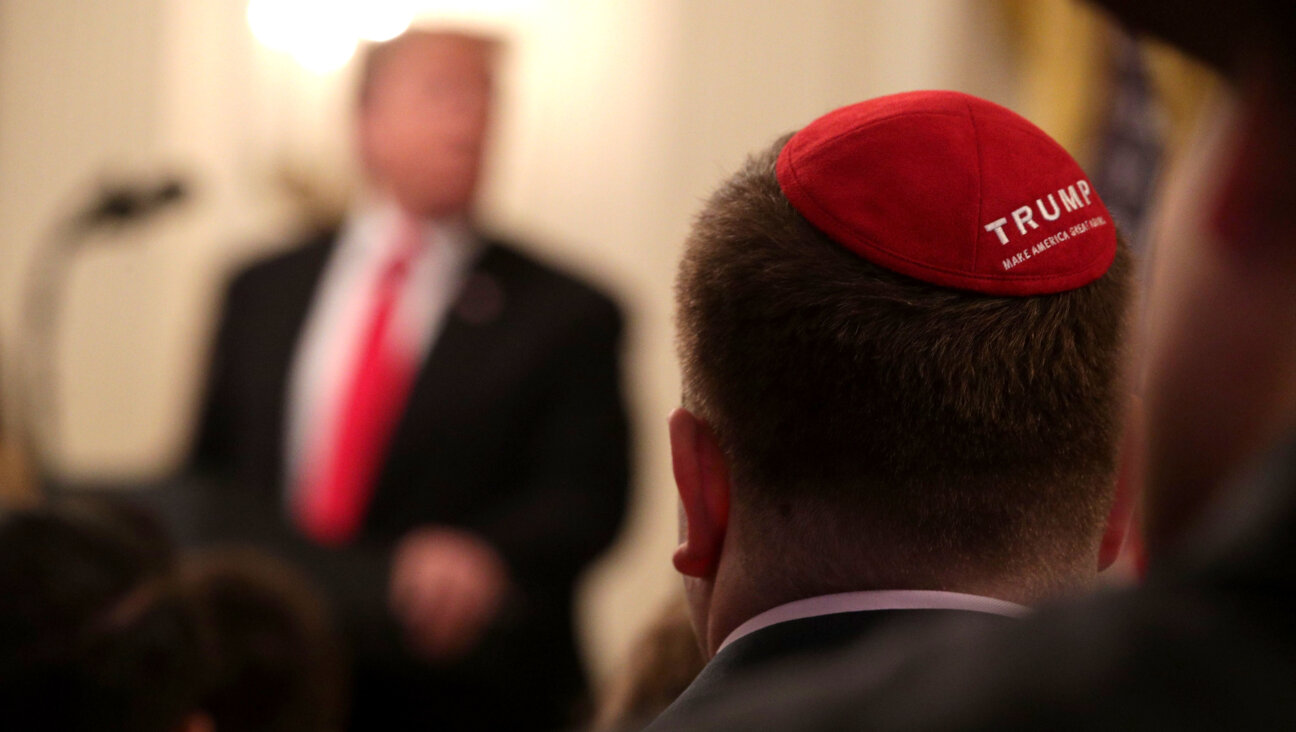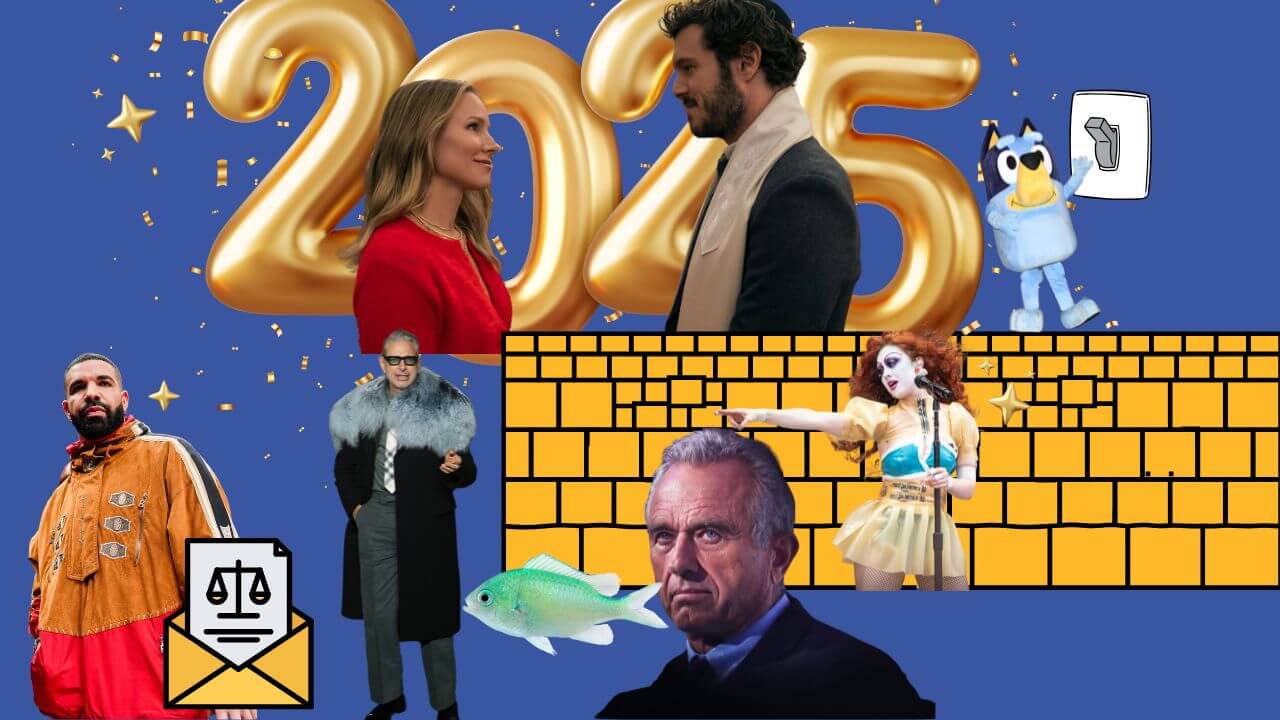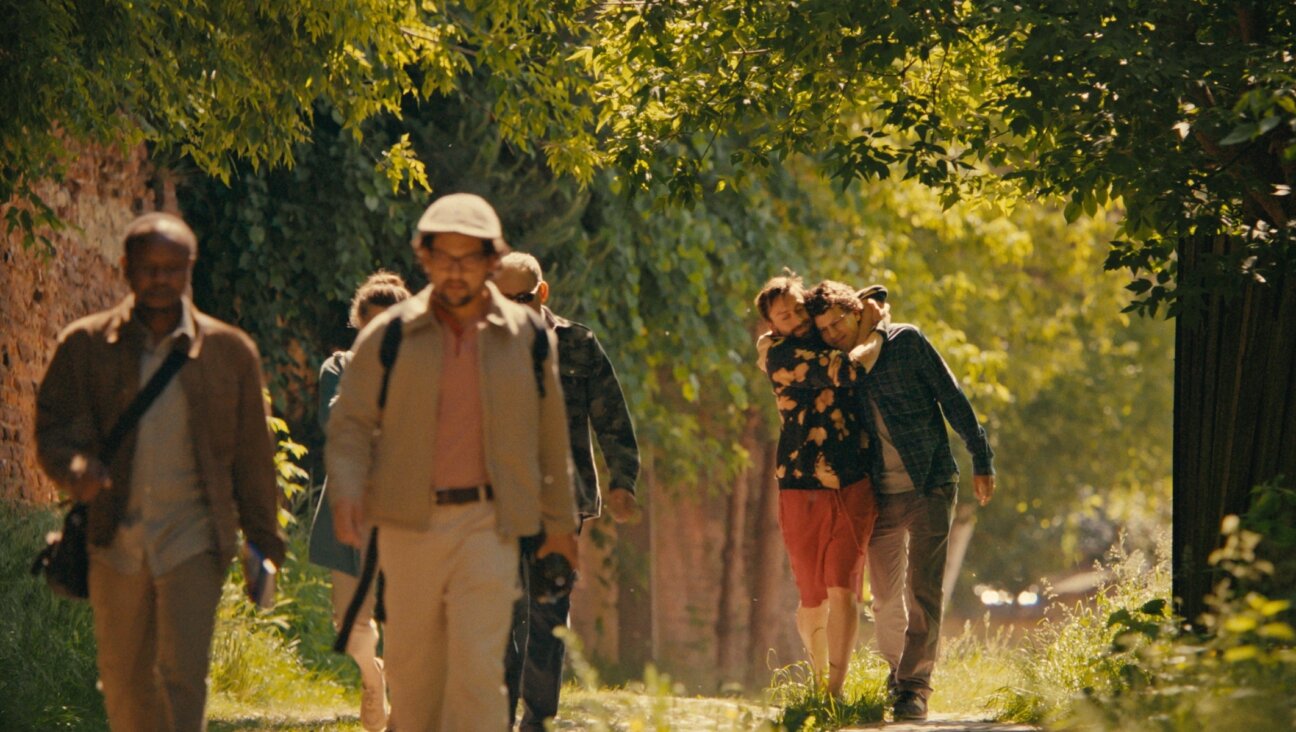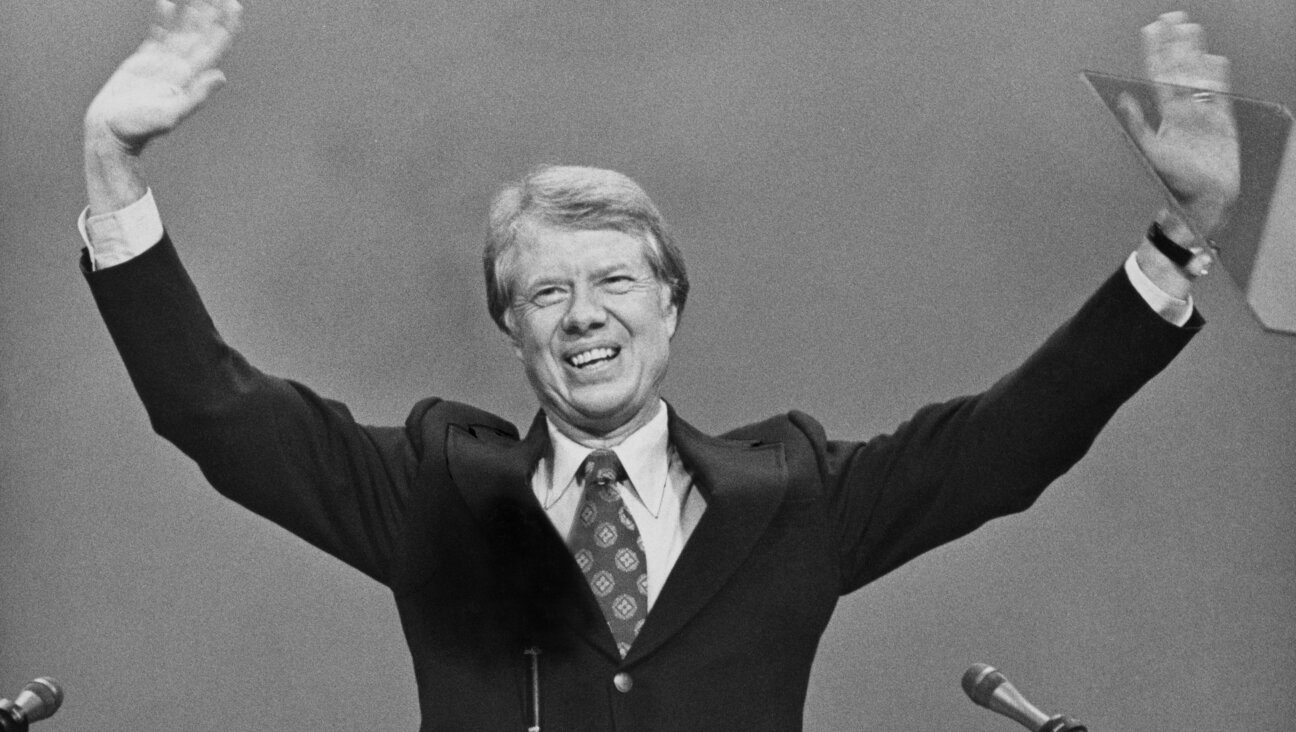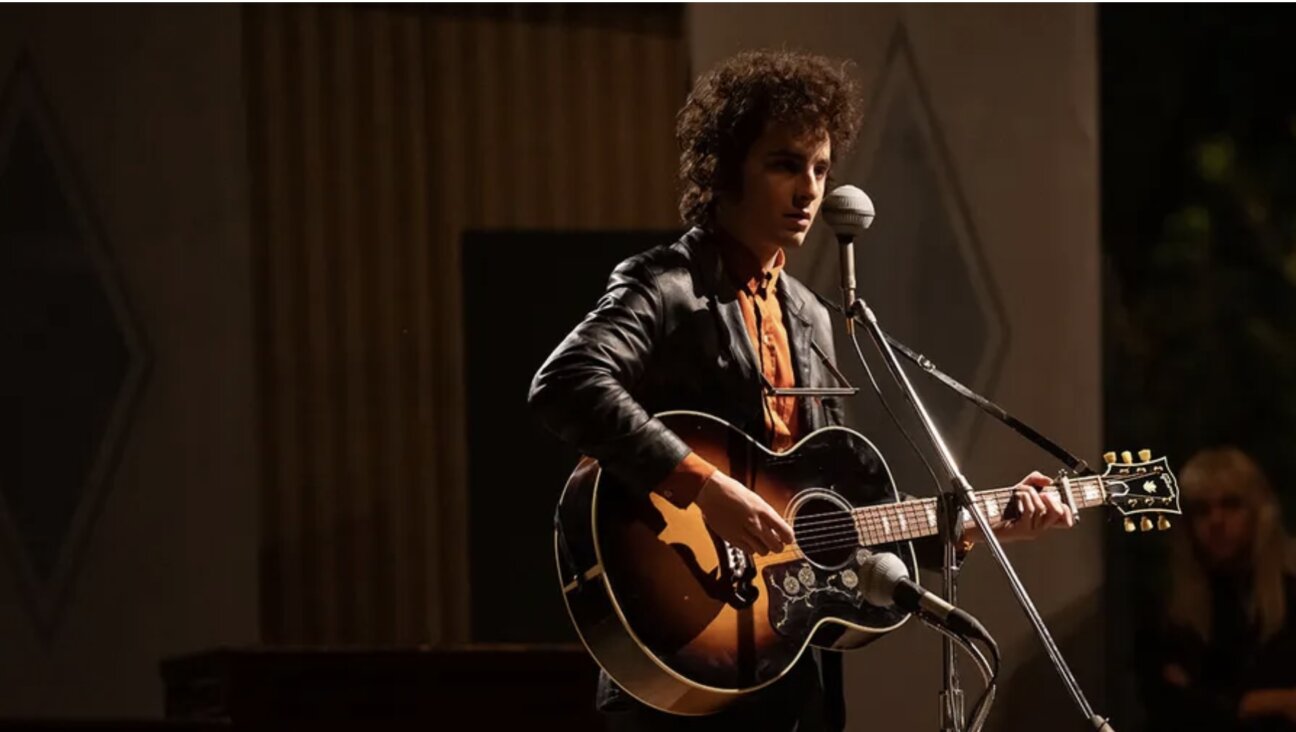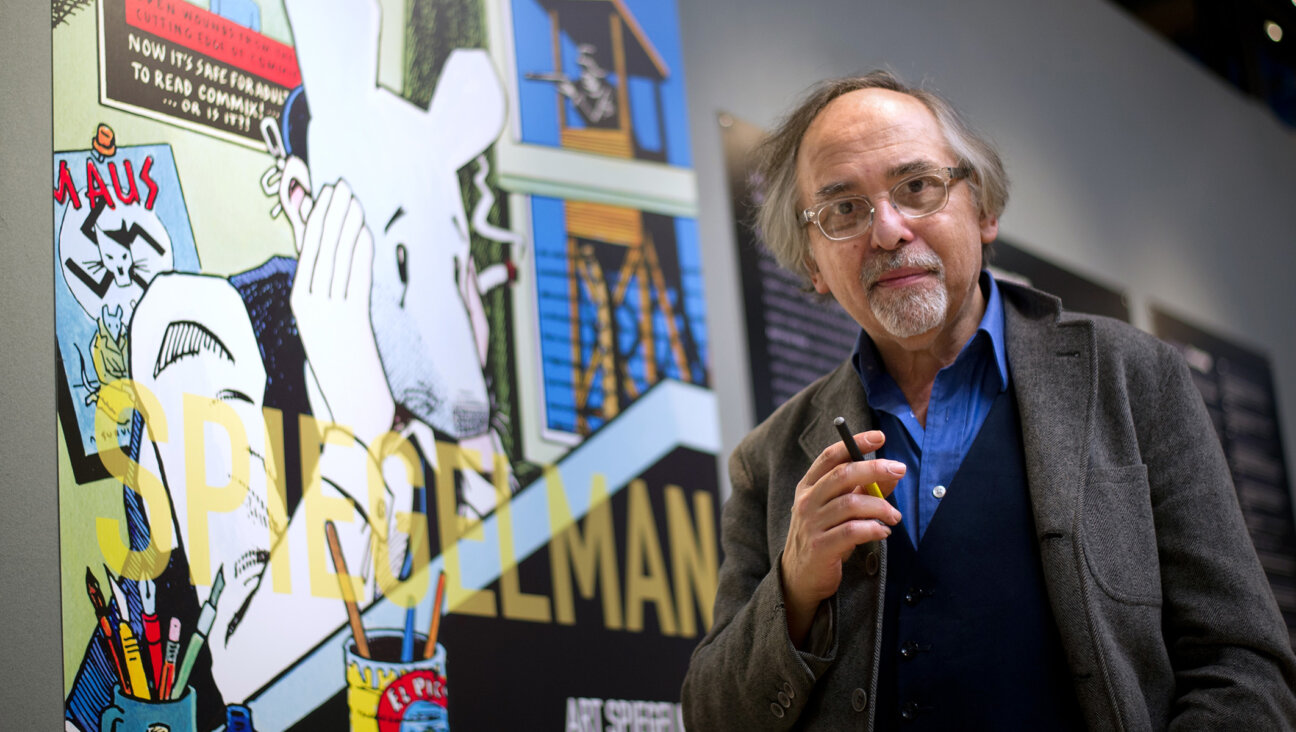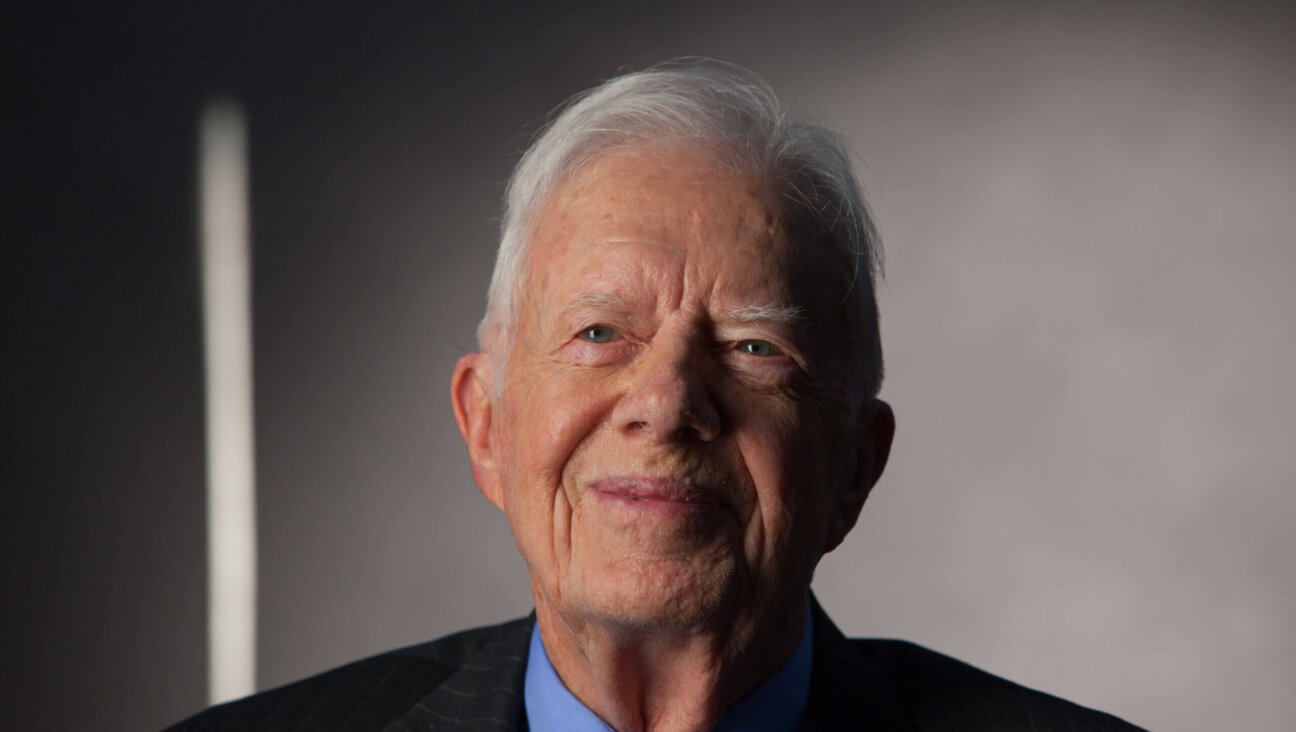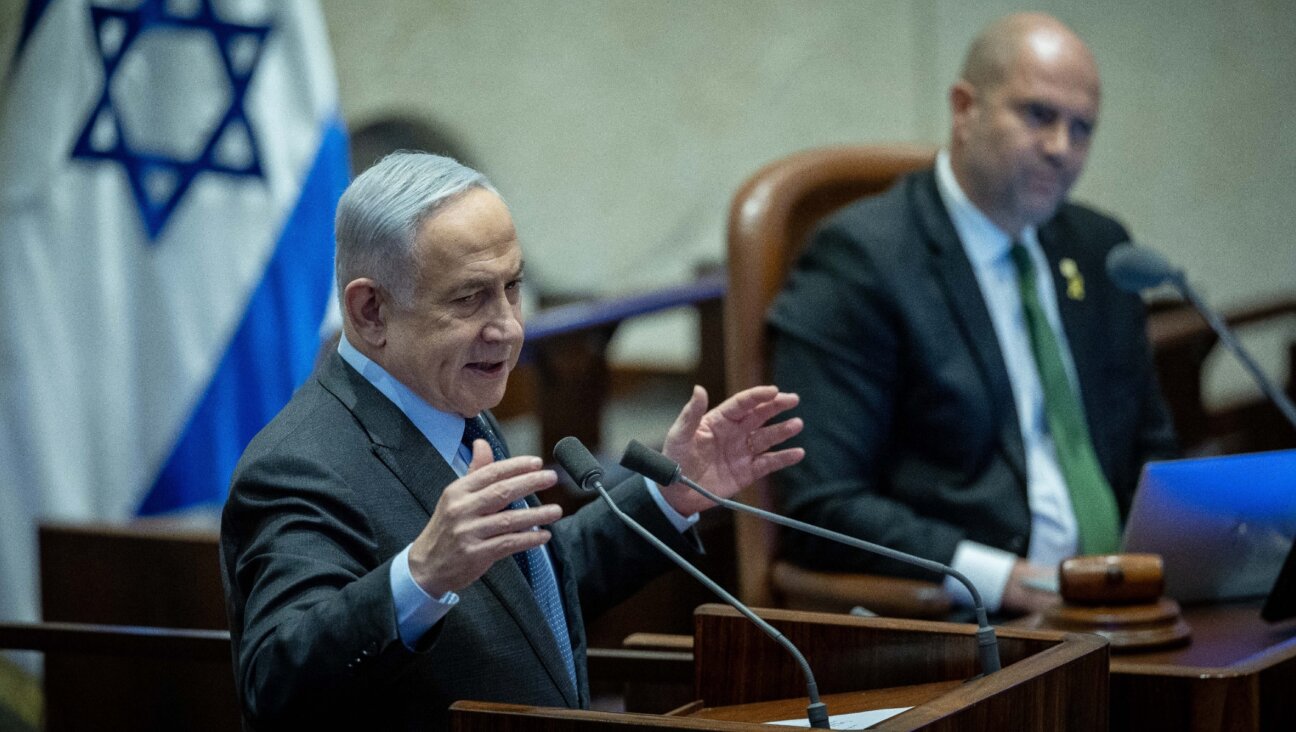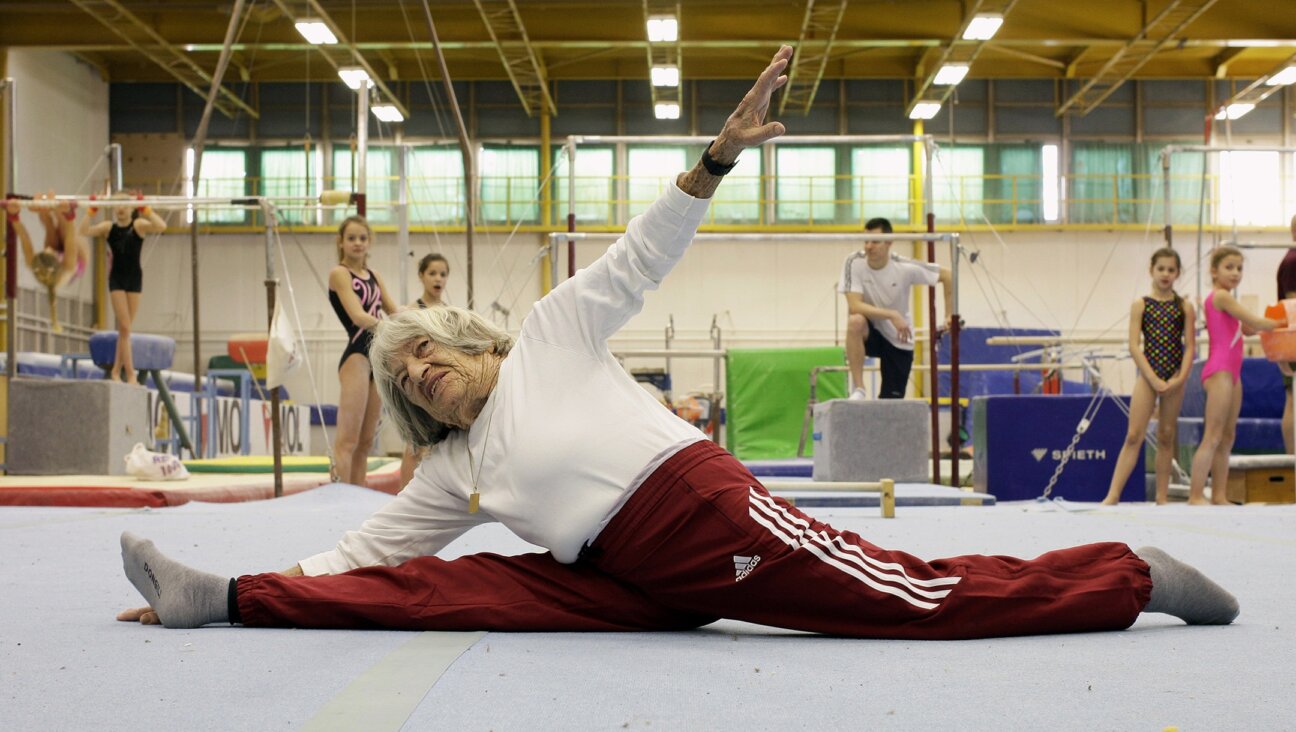The Changing Nature of Jewish Philanthropy
In the early 1990s, the iconic Oldsmobile unveiled an advertising campaign trumpeting, “It’s not your father’s Oldsmobile.” The ad slogan was part of General Motors’ attempt to lure buyers back to a car make that had lost its way and become increasingly anachronistic. Would-be purchasers had turned away, associating the Olds with an earlier time and place — a vastly different generational view. The advertising tagline has since morphed into a pop culture catch-all for describing virtually anything new-fangled and changed, but it did nothing to make consumers favorably reconsider Oldsmobiles, which GM closed down early in this decade.
While there are few parallels between Motor City and contemporary Jewish life, the Olds case provides a cautionary reminder of the pitfalls of not remaining current, relevant and on the cusp of change.
A seminal study conducted by Yale University sociologists in the early 1960s found nearly 95% of all Jewish Americans married within the faith. The overwhelming majority of those observed strongly identified with Judaism and their families were affiliated with synagogues. The study concluded that Jewish identity — both religious and cultural distinctiveness — would remain strong and the risks of broad assimilation remote. Jewish Americans’ charitable giving largely reflected the times; relative to today, they gave to a limited number of organizations that addressed needs of a more narrowly defined community.
Fast forwarding to the present, we know the presumptions in the study proved far off the mark. The rate of intermarriage by Jews today runs in excess of half. Only 35% of Jewish Americans are synagogue members. These and other vast demographic shifts altered how Jews define themselves.
Broader world views characterize the members of the so-called Generations X and Y, for example, the 20- and 30-somethings who are poised to assume the mantle of philanthropic leadership — even those steeped in the most traditional Jewish upbringings. The doors to opportunity — barely ajar for their parents and grandparents — have been thrown wide open. To everyone’s great pride, this emergent generation of leaders has grown up largely free of, and possibly even oblivious to, the sting of antisemitism. As a result, there is a growing proliferation of organizations, causes and interest groups that address the needs and issues of today’s Jewish community. Furthermore, today’s younger generation is much more attuned to supporting causes throughout the community at large — often causes focused on social justice — as compared to their parents and grandparents, who focused their giving primarily on Jewish institutional growth and causes in Israel.
While I do not think younger Jews are more committed to social justice than previous generations, the causes are more numerous and awareness is perhaps greater, owing to the immediacy of media, the Internet and other factors. For these reasons alone, we need to think locally and act globally — in both the literal and figurative sense.
Today, more than ever, Jewish community foundations and other charitable institutions must embrace this change. They must encourage their donors to do the same and support causes that touch the broader community. This exemplifies the best ideals of tikkun olam, whether it is efforts to combat local poverty or gang violence or to eradicate mass genocide in Darfur. The complexities of a modern world, diminished funding for social services and the tenets of our faith demand nothing less.
Charitable giving already mirrors these broader societal and demographic shifts. Yet today’s landscape requires foresight to address the needs of the older generation, while being mindful of the philanthropic passions of the next. The Jewish Community Foundation of Los Angeles, which I head, has spent most of this decade formalizing processes and grant programs that attempt to bridge this generational divide. For example, we developed the Family Foundation Center, a resource to both our own donors and outside private family foundations, to assist philanthropists with engaging heirs in their charitable endeavors and clearly defining individual and collective goals.
The Family Foundation Center is a catalyst for bridging these diverse perspectives, identifying core values and tapping motivational issues central to multigenerational giving and transition. There are other such successful efforts underway in other cities, notably the Andrea and Charles Bronfman Philanthropies’ 21/64 consulting division in New York, which promotes dialogue and understanding of “generational personalities” that underpin charitable giving.
We created the Cutting Edge Grants Initiative as a logical extension of our work bridging the divergent interests between multiple generations and the Jewish community’s evolving needs. These innovative grants provide multi-year funding of up to $250,000 for programming that has the potential to transform the local Jewish community. Now three years old, the Cutting Edge Grants program has already dispensed more than $4 million to organizations ranging from start-ups to such venerable institutions as the American Jewish Committee and Los Angeles’s Jewish Federation.
Funding under the Cutting Edge Grants includes such inspired new ideas as JDub Music, Inc., for the Los Angeles replication of its celebrated effort that uses popular music and cultural events as the mechanisms for attracting a younger generation of unaffiliated Jews to the faith and offering them a sense of community. Similarly, we provided seed funding under these same grants for 30 Years After, an organization of young Persian Jews — historically an insular group in Los Angeles — that encourages their peers to actively engage in local civic and Jewish life. The blurring of how we define and identify being Jewish has accelerated, along with the myriad of causes seeking — and worthy of — financial support. A recurring theme to the grant-making, if there is one, is reaching out to unaffiliated, disaffected Jewish groups that are collectively embodying and defining the new “mainstream.”
Profound generational, demographic and societal changes are stimulating outside-the-box thinking within even the most established organizations, as well. A current initiative of the American Jewish Committee, the nation’s oldest human relations organization, underscores this shift. AJC’s Los Angeles office recently created *Esencia de Judaismo *(“The Essence of Judaism”), a program to promote cross-cultural understanding and tolerance among Latino Pentecostal pastors and to dispel the misperceptions necessary for building communities. The approach demonstrates how a respected, stalwart organization remains contemporary and reaches across a changing demography to a rapidly growing Latino population. After conceiving this groundbreaking effort, the AJC turned to our foundation and received funding under the Cutting Edge Grants.
Over the last two generations, Jews have evolved from seeking a defined place in mainstream American life to a position today squarely in the firmament. Nowhere is that shift more evident than in philanthropy. With the complexities inherent to modern Jewish life, community foundations must embrace change, evolve and serve as a compass for the charitable. Community foundations will connect the coming generation of philanthropists to those causes and initiatives that inspire and motivate them — in both the Jewish community and beyond.
Marvin I. Schotland is the president and C.E.O. of the Jewish Community Foundation of Los Angeles, which had total assets of nearly $800 million and dispensed $78 million in grants in 2007.
A message from our Publisher & CEO Rachel Fishman Feddersen

I hope you appreciated this article. Before you go, I’d like to ask you to please support the Forward’s award-winning, nonprofit journalism so that we can be prepared for whatever news 2025 brings.
At a time when other newsrooms are closing or cutting back, the Forward has removed its paywall and invested additional resources to report on the ground from Israel and around the U.S. on the impact of the war, rising antisemitism and polarized discourse.
Readers like you make it all possible. Support our work by becoming a Forward Member and connect with our journalism and your community.
— Rachel Fishman Feddersen, Publisher and CEO







